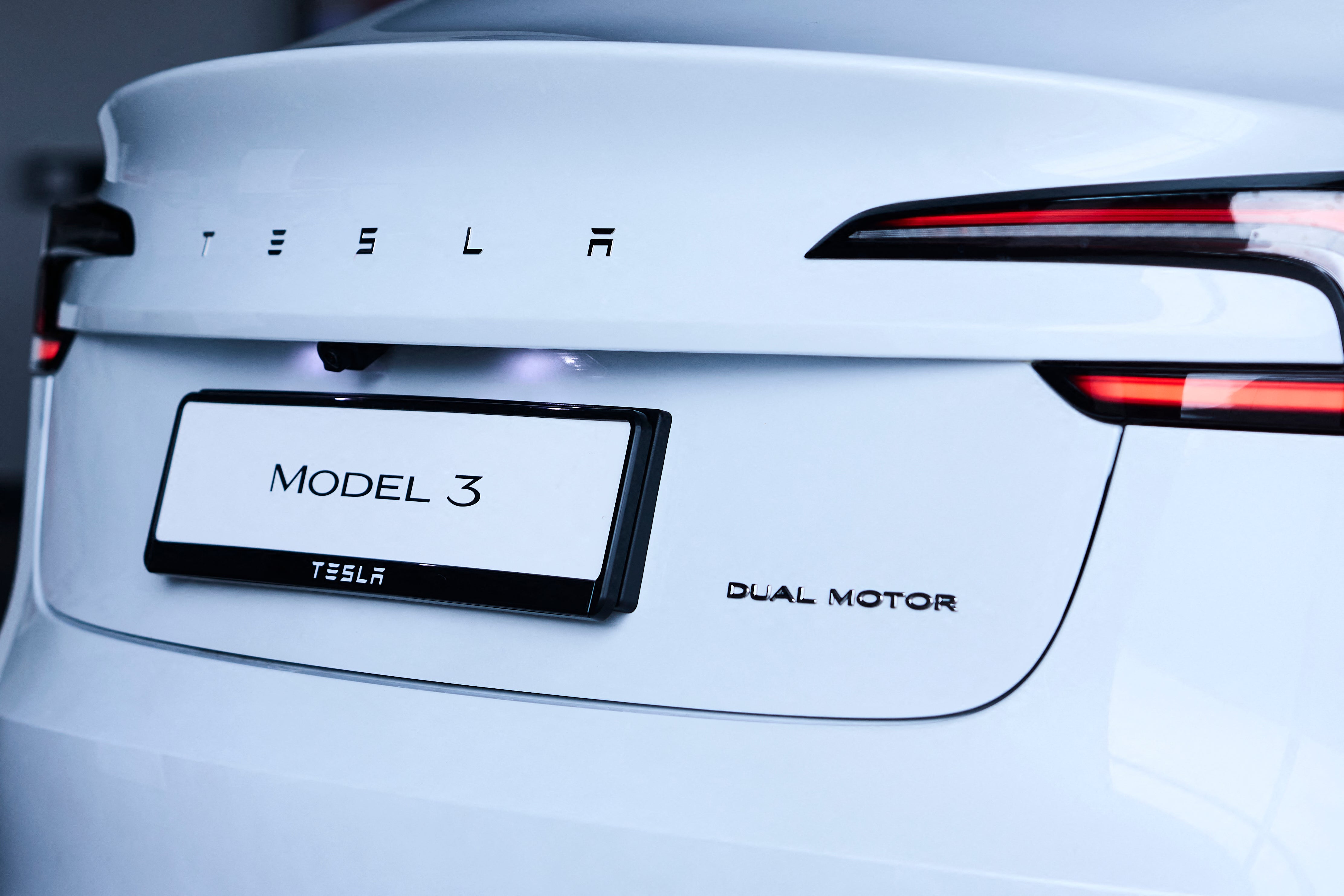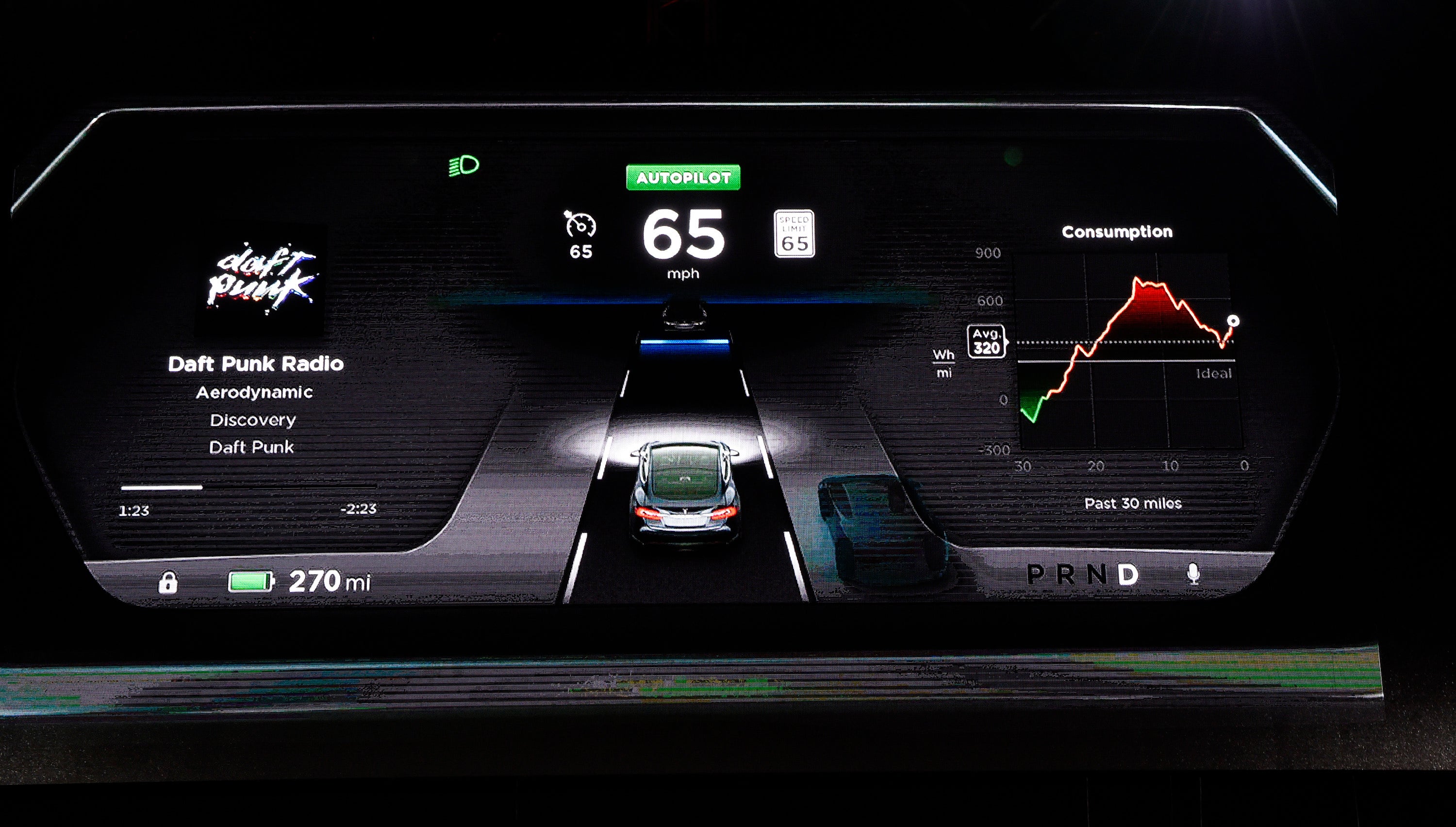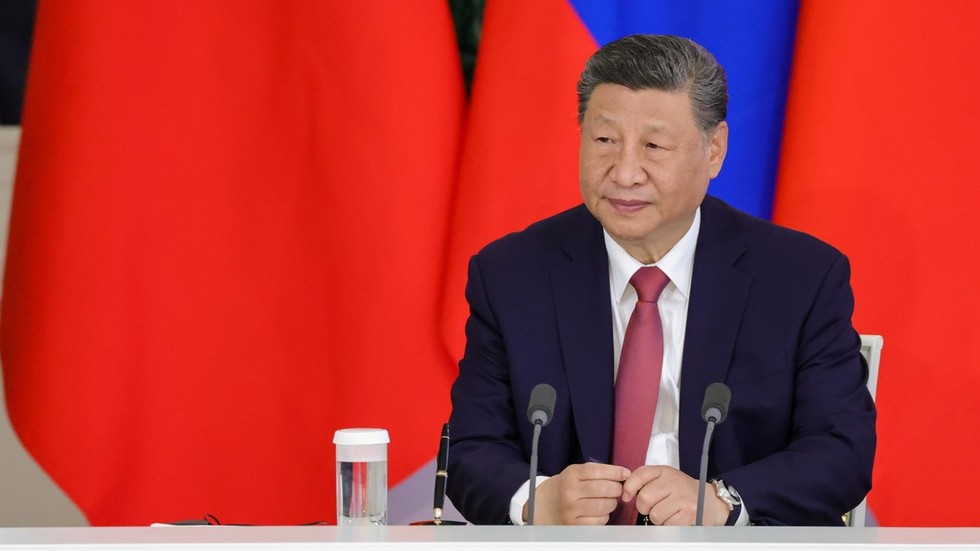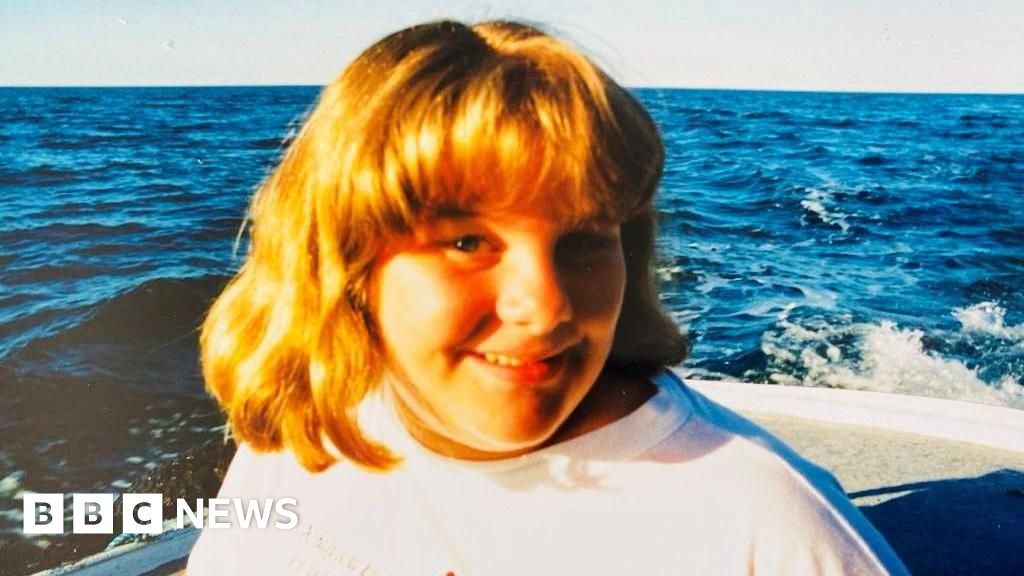A Tesla Model 3 in Autopilot mode unexpectedly veered across multiple lanes of highway traffic and slammed into a motorcyclist, demolishing the bike and sending the rider and his passenger to the hospital, according to a $1 million-plus lawsuit pending in Texas.
Godofredo Pacheco is “still in pain and still undergoing treatment” five months later, attorney Demetris Gonzalez told The Independent.
The 29-year-old continues to suffer from pain in his head, neck, shoulder, back, and the “majority of the left side of his body,” Gonzalez said.
“The bike was a total loss,” he added, noting that the crash left Pacheco “very scared.”
Pacheco’s 22-year-old girlfriend, who was on the back of the motorcycle, endured similar injuries and remains partially incapacitated, according to Gonzalez.
The two were “minding their own business” on a ride in Houston when Pacheco spotted the Tesla “driving erratically,” according to Gonzalez. He said Pacheco attempted to keep his distance from the vehicle, to no avail, and that the Tesla driver, 19-year-old Lina Wu, later told police that the car was operating autonomously at the time of the wreck.
Wu did not respond on Friday to multiple requests for comment. Messages sent to Tesla seeking comment also went unreturned. Both are named as defendants in the case.

Pacheco’s troubles stem from a ride he took on January 17, 2025, when he and his girlfriend were traveling south in the far left lane of State Highway 288, according to a civil complaint filed June 13 in Harris County District Court and obtained first by The Independent.
Wu, the complaint says, was behind the wheel of the 2024 Tesla Model 3 in the far-right lane, “and was allowing the Vehicle to be controlled by Tesla’s automatic driving assist,” the complaint states. Then, it says, the Tesla “suddenly and without warning… steered left and crossed 3 lanes,” veering dangerously close to Pacheco.
“[Pacheco] noticed the Vehicle’s [erratic] behavior and switched lanes to the middle-left lane, in an attempt to avoid the Vehicle altogether,” the complaint goes on. “As [Pacheco] moved right to merge into the middle-left lane, the Vehicle steered right, merging into [his] lane again, striking [Pacheco’s] motorcycle, sending [him and his girlfriend] flying off the motorcycle and onto the highway.”
An ambulance rushed Pacheco and his girlfriend to the hospital, where they were treated for their injuries, according to the complaint.
When police arrived, Wu was issued a citation for making an unsafe lane change.
“Ms. Wu did say the Tesla was being driven automatically," Gonzalez told The Independent.
The Tesla Model 3 owner’s manual touts the vehicle’s purportedly autonomous features under its “Autopilot” umbrella, such as “Autosteer,” which, according to the manual, “detects lane markings, road edges, and the presence of vehicles and objects to intelligently keep Model 3 in its driving lane.”
“When you engage a turn signal while Autosteer is active, Auto Lane Change moves Model 3 into the adjacent lane in the direction indicated by the turn signal,” the manual tells new Tesla owners.

According to Pacheco’s complaint, the automatic driving assist feature in Wu’s Model 3 “was not functioning as intended, making the vehicle unreasonably dangerous to use.” Wu, the complaint argues, “was using the vehicle as Tesla intended it to be used.” To that end, the complaint maintains that the extensive injuries Pacheco and his girlfriend suffered “were proximately caused by Tesla’s defective vehicle.”
As the Trump administration loosens rules on self-driving cars, handing Tesla CEO and billionaire Trump backer Elon Musk a tidy win, the Biden administration criticized Tesla for exaggerating its self-driving claims. Among other things, the National Highway Traffic Safety Administration has called the company out for even using the term “Autopilot” at all, which the agency believes can lull drivers into the false belief that Tesla vehicles can truly operate themselves.
Earlier this year, a Tesla owner in Westchester County, New York, sued the automaker after claiming to have activated the autopilot feature in his Model Y sedan, which then promptly drove itself into a tree. Last December, the family of Genesis Giovanni Mendoza Martinez, a 31-year-old California man who was crushed to death behind the wheel of a Tesla Model S in “full self-driving mode,” sued the manufacturer over its claims the vehicle was truly autonomous.
The lawyer representing Mendoza’s family told The Independent in a previous interview that Tesla is “using our public roadways to perform research and development” of autonomous driving technology that “is not really ready for primetime.”
Gonzalez hopes Pacheco’s case will add an additional voice to the growing calls for increased oversight and regulation regarding Tesla’s safety record.
“We don't want stuff like this happening to people as frequently as it is happening,” Gonzalez told The Independent. “These vehicles have been out for quite some time. We figured they would be adhering to whatever industry standards they do have, but this is senseless behavior with regard to their malfunctioning equipment.”
Pacheco and his girlfriend are now seeking actual, consequential, statutory, and exemplary damages for past and future physical pain and suffering, physical impairment, mental anguish, severe emotional distress, loss of enjoyment of life, property damage, and anxiety, plus medical expenses and legal costs.
A trial date has not yet been set.

 3 hours ago
3
3 hours ago
3



.jpeg?trim=0,0,0,0&width=1200&height=800&crop=1200:800)





